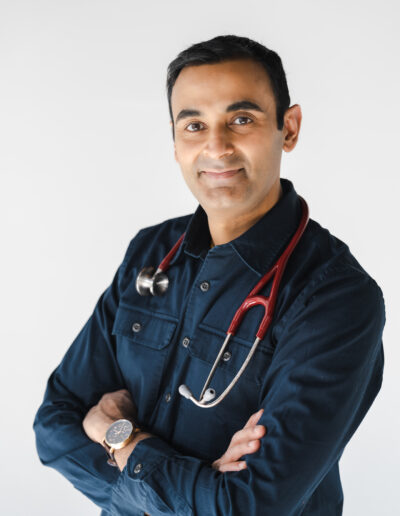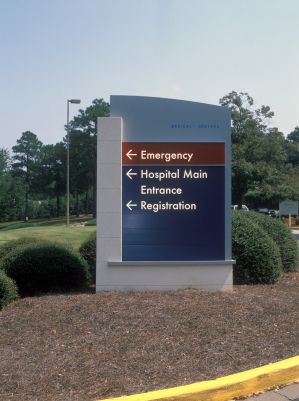A few years ago, I wrote a blog post about how hospitals do not take nutrition seriously enough. It’s something I’m passionate about, and disappointed we haven’t made greater strides forward. We are what we eat, and food is medicine, so I’m publishing this article once again.
————————————————————————————-
I remember the day like it was yesterday. I was a medical student, rounding with my team, and we had just talked to a diabetic patient who was recovering from a myocardial infarction. The attending looked over at the side and saw some chocolate donuts and cakes lying on the tray table, which had been brought in by the patient’s relatives. The attending shook his head disapprovingly and said, “I don’t think those are going to do you any good!”
Indeed, if there’s one place in the world where we should be promoting healthy eating and addressing the real source of so many of the chronic diseases that are afflicting our society — it’s in our nation’s hospitals. Having been in clinical practice now for over a decade, I’m sad to say it’s not just relatives that bring hospitalized patients less than optimal food. Hospitals everywhere are missing a golden opportunity to serve our patients nutritious (and delicious) meal options.
And although we’ve made great progress over the last several years, with an undoubtedly palpable push towards healthier meals — both for patients and staff in the cafeteria — we are still nowhere near where we should be. As an example, if we look at the standard bland food that’s served for lunch and dinner, the “meat and vegetable” option, not only is it dull and boring but it also falls strikingly short of really promoting healthier eating to our patients. The world of health care really needs to put more thought into taking things to the next level. This does not necessarily have to be expensive gourmet five-star restaurant style food, but it can be both nutritious and tasty if we dare get creative about it.
And while we are putting our heads together to come up with better meal options, why not also take this opportunity to educate our patients too? How about the kitchen staff or servers being told to provide “nutrition pearls” as they lay the patient’s food out? How about some eye-catching educational material? Let’s also think outside the box about other things we do to encourage healthy eating. Isn’t it a disgrace that most hospitals have an abundance of soda and candy machines dotted around the building? This hardly sets a good example.
And finally, how about getting physicians in on the act? Most hospital doctors believe (wrongly) that it’s the primary care doctor’s responsibility to educate their patients on preventive medicine. This is another huge missed opportunity, as physicians routinely underestimate the power of what they tell their patients. I’ve often been pleasantly surprised by how patients and their families respond to some simple common sense advice to eat more fruits and vegetables, cut back on salt, and eat smaller portions. Just a very brief statement can have a big effect when it comes out of the respected doctor’s mouth.
I often joke when patients complain to me about the food (which is the second most common complaint I get after their inability to sleep) that, “We can’t make hospital food too good, otherwise you will have no incentive to get better!” It always raises a smile, but hopefully one day in the future hospitals will start to be seen as the ultimate healthy eating establishments. The temples of healing and prevention that they should be.

Suneel Dhand is a physician, personal trainer, writer and speaker. He is Co-Founder at DocsDox.
Follow me on:
YouTube: Suneel Dhand
Instagram: suneeldhand
Twitter: @DynamicMedicine
Personal Training: Dr Suneel Dhand

